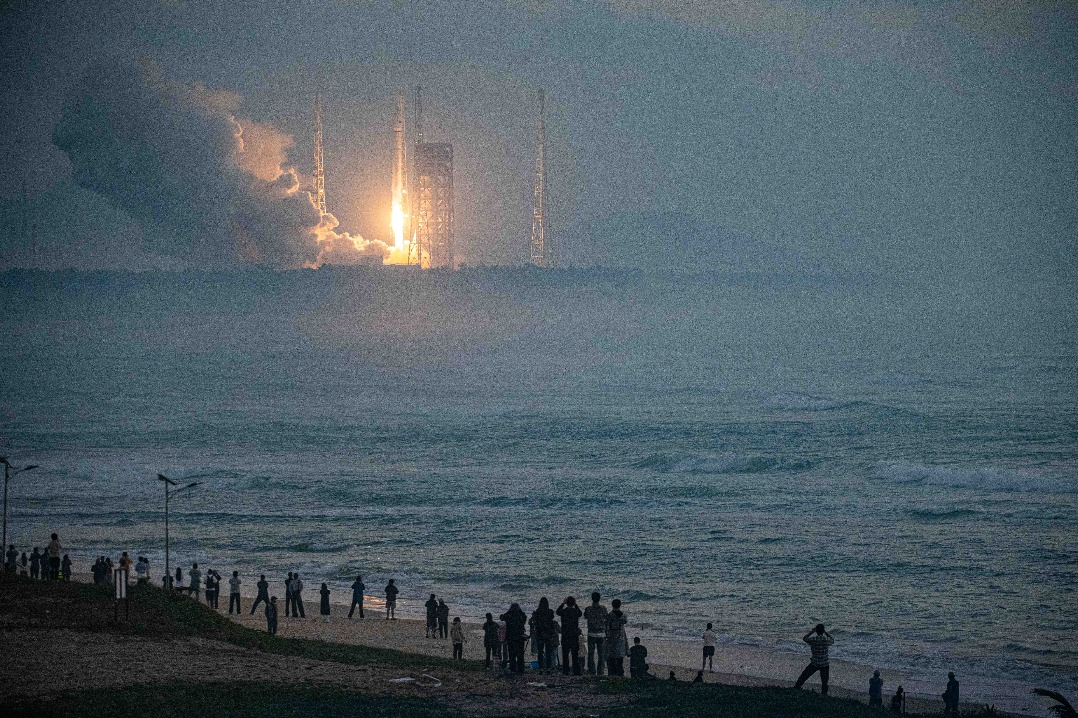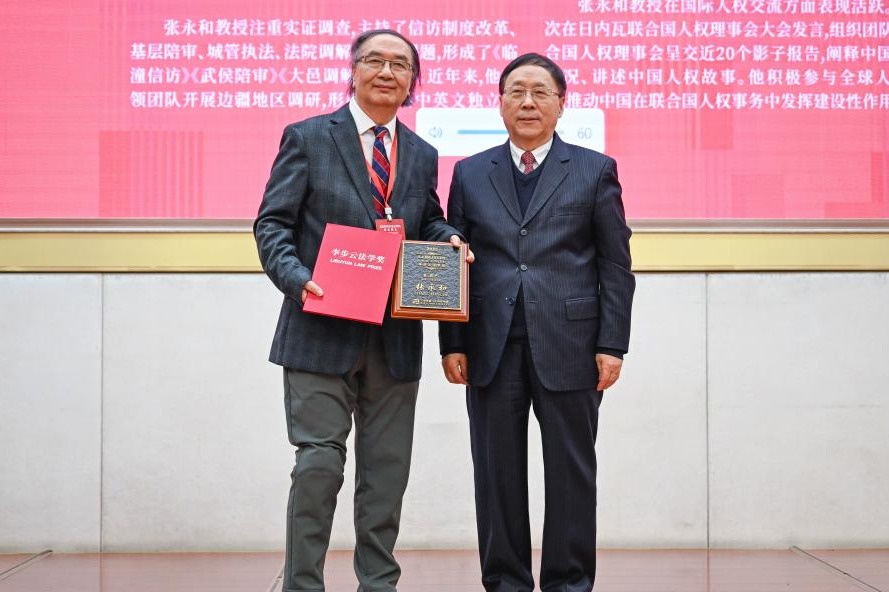'Sail' to de-orbit would-be space junk

As the number of rocket launches, planetary missions and satellite activities continues to grow, so does junk in space, and many have been pondering the question of how to reduce the amount of debris orbiting Earth. Now, China may have found a solution with its newly deployed "sail" technology.
Hundreds of millions of items of human-made debris are continually circling Earth, including broken rocket fuselages, defunct satellites and fragments from orbital collisions. Keen to tackle the space-junk problem, Chinese aerospace scientists have managed to use a large "sail" to de-orbit spacecraft at the end of their life.
The de-orbiter is a sail-like device made of a thin film, the thickness of which is less than one-tenth of the diameter of a strand of human hair. Folded, it is approximately the size of an adult's palm, but it can cover 25 square meters when unfolded. When a spacecraft is decommissioned, the sail onboard can be automatically opened. Once deployed, it will increase the effects of air friction, slowing the spacecraft in orbit and speeding up its descent into the Earth's atmosphere, where it will burn up.
Scientists have already tested the technology on space missions. The latest example was after the launch of a Long March 2D carrier rocket in Southwest China on June 23, which sent three satellites into orbit. A de-orbiting sail attached to the rocket unfolded three days later.
This event marked the first time that a large de-orbiting device had been deployed in such a way, according to the Shanghai Academy of Spaceflight Technology, which made the device.
"The use of the sail device will help release precious orbital resources," said Li Yide, head of the academy.
Li gave the example of a 15-kilogram satellite at an altitude of 700 kilometers, saying that without de-orbiting measures, the satellite would continue in orbit for 120 years after the end of its service life. However, by deploying a 2-sq-m sail on the satellite, its time in orbit can be cut to less than 10 years, Li said.
Unlike traditional space-junk removal methods, such as robotic arms, tethers and nets, the de-orbiter can reduce space junk without additional fuel consumption. It only requires a small amount of electricity to function, the scientist noted.
Li's academy has studied the sail technology for more than 10 years, and its products can now meet the de-orbiting requirements of various spacecraft, from micro and nano satellites to large launch vehicles, which can weigh several tons.
The sail device was displayed to the public at this year's Airshow China.
China has intensified research efforts in recent years to reduce the risk of in-orbit collisions and ensure sustainable human activity in space. Apart from testing new technologies in the area of space-debris cleaning, the country has also vowed to improve space-debris monitoring and expand the space environment governance system with a planned near-Earth object defense system.
Xinhua
- Doctor injects child with improperly stored drug at Chongqing hospital
- Xi's special envoy attends forum dedicated to Intl Year of Peace and Trust in Turkmenistan
- Memorial ceremony remembers victims of Nanjing Massacre
- Louvre's largest showcase in China goes on display at Museum of Art Pudong in Shanghai
- Indonesian foundation to fund students, school administrators to exchange and study in Tianjin
- Archives detailing crimes of Japanese unit released




































